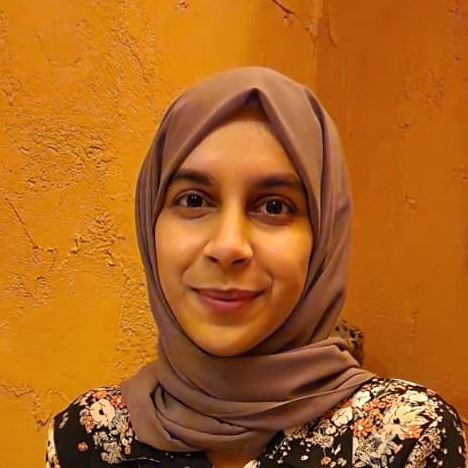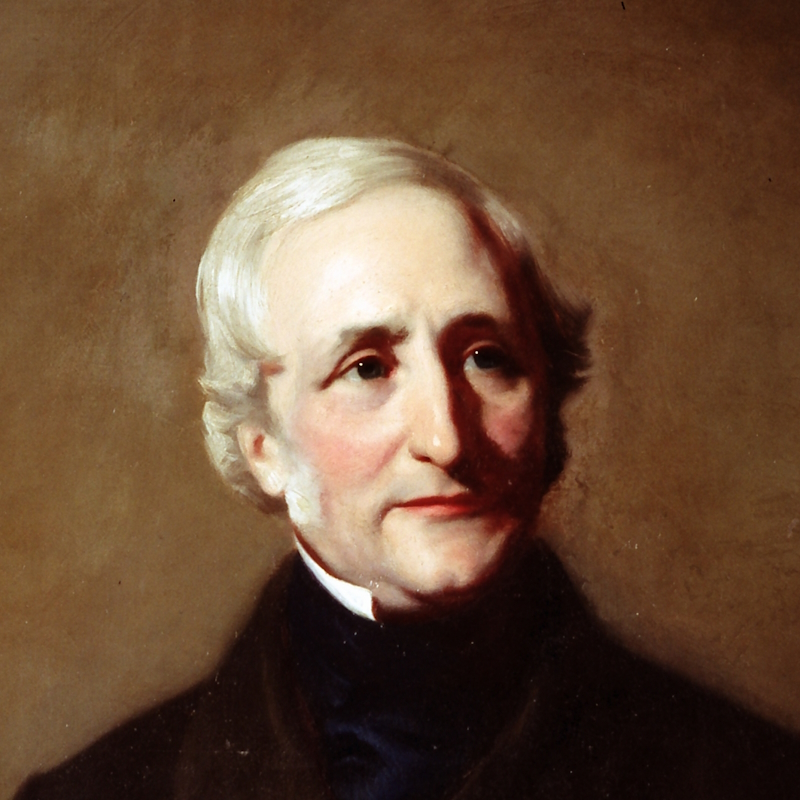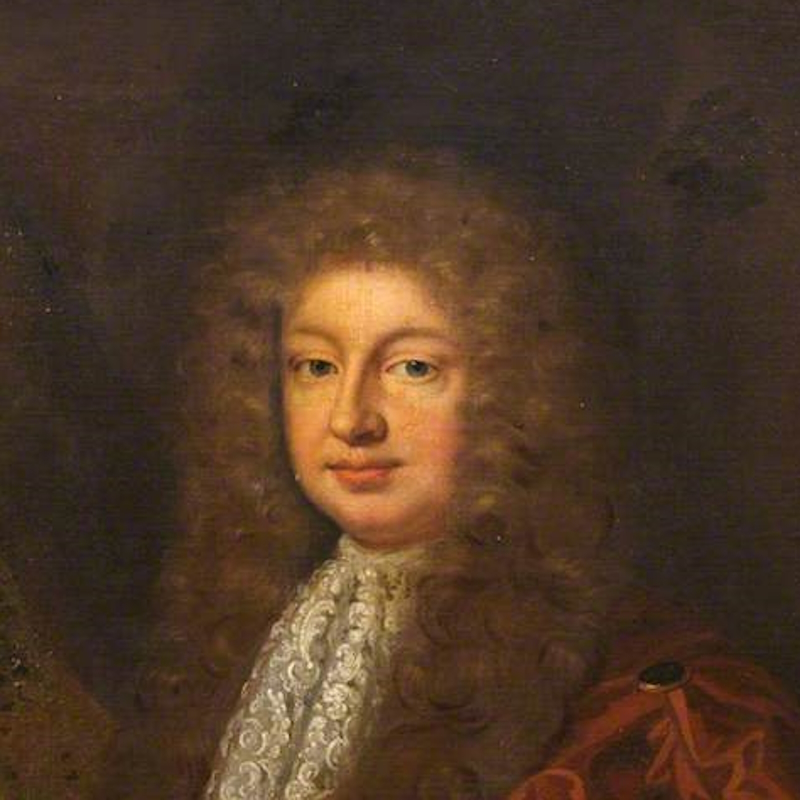'Parentalia', a manuscript in the archives of the Royal Society, features several members of the illustrious Wren family, as Hirra Ateeq explains.
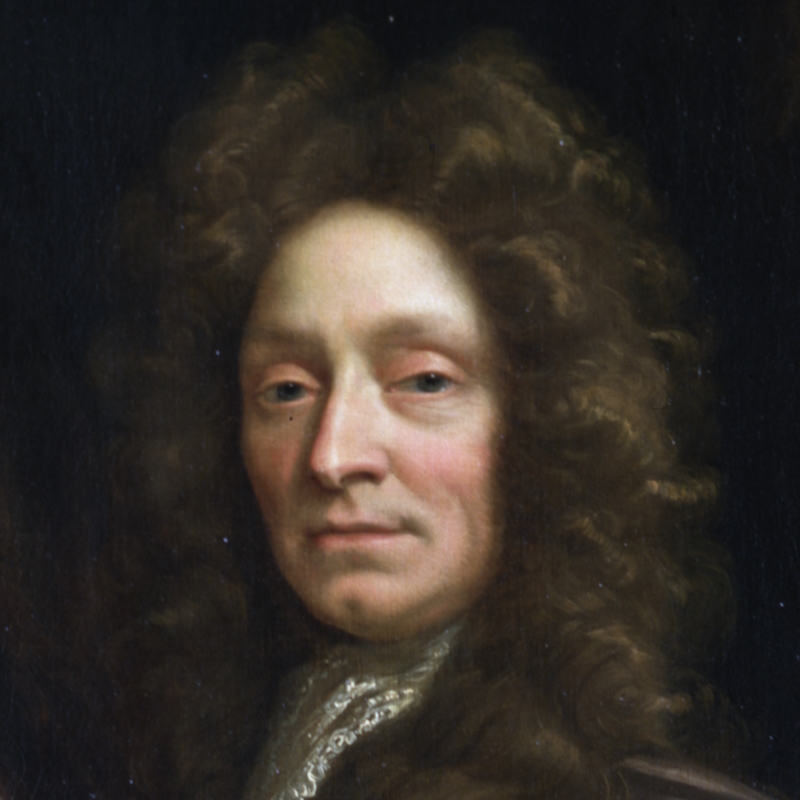
This year is the 300th anniversary of the death of Sir Christopher Wren (1632-1723). Noted in his day as a mathematician, astronomer, physicist and even anatomist, Wren is now remembered mainly for his architectural achievements. The Wren 300 project has organised a range of activities, conferences and exhibitions to mark the occasion.
At the Royal Society, I’ve been cataloguing Parentalia, a history of the Wren family. This manuscript was originally compiled by Sir Christopher Wren’s son (another Christopher Wren), then completed and published by Sir Christopher’s grandson Stephen Wren in 1750.
While working on the manuscript I came across an article (A Study of Parentalia by J A Bennett) which compares the three surviving manuscript copies: the Royal Society’s, and those held by the British Library and All Souls College Library in Oxford. The manuscript at the British Library is the oldest of the three and the first version Christopher Wren Jr started working on. The Royal Society’s is a subsequent iteration which became the ‘working’ copy throughout the writing project. The All Souls manuscript is a later version, written by a copyist and thought to be closest to the printed edition.
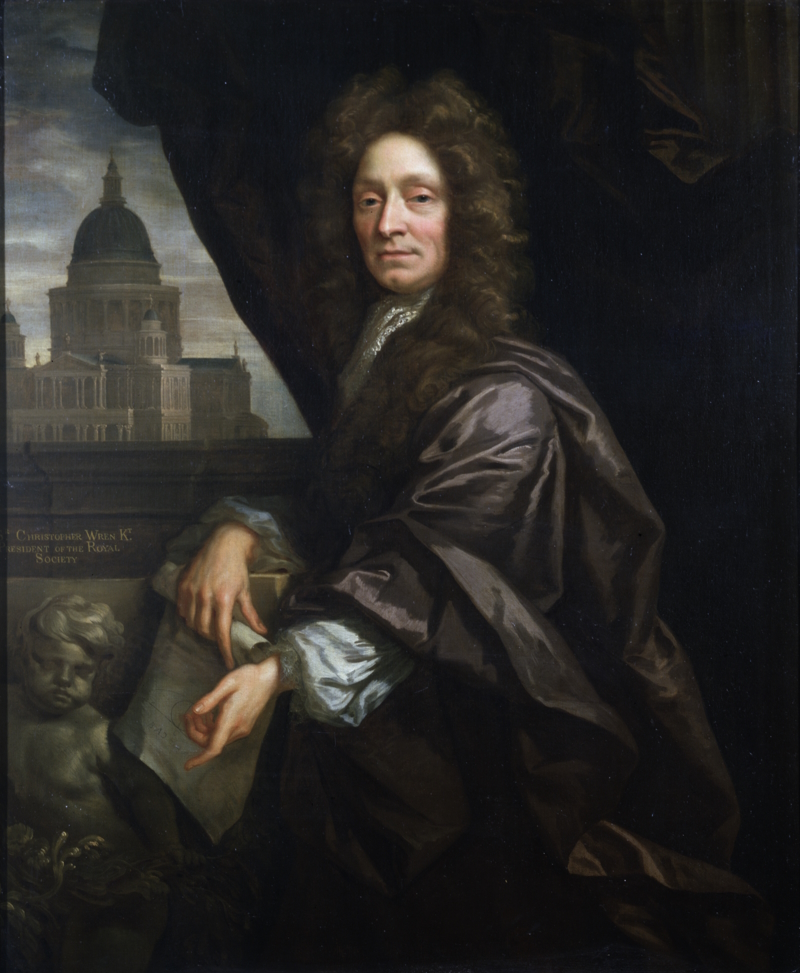 Sir Christopher Wren RS.9545
Sir Christopher Wren RS.9545
Parentalia is divided into three sections, and includes biographies of Matthew Wren, Bishop of Ely (uncle of Sir Christopher) and Dr Christopher Wren, Dean of Windsor (Sir Christopher’s father). However, the third and largest part of the volume is, unsurprisingly, dedicated to Sir Christopher’s life, education, career and achievements. The manuscript includes original sources, extracts of letters, speeches, sermons, and drawings. In addition to biographical information, it provides an interesting account of the religious and political situation in the seventeenth century, taking in the tumultuous state of the country during the discord between England and Scotland, the English Civil War beginning in 1642, the execution of Charles I in 1649, and the restoration of the monarchy in 1660 with Charles II.
 Christopher Wren’s reconstruction of the front of the Temple of Diana at Ephesus RS.16797
Christopher Wren’s reconstruction of the front of the Temple of Diana at Ephesus RS.16797
The first section, on Matthew Wren, includes an account of his 1623 journey to Spain as Chaplain to Prince Charles (later Charles I) to negotiate – unsuccessfully – the Prince’s betrothal to Infanta Maria Anna of Spain. It then covers Matthew’s imprisonment in the Tower of London from 1642 to 1660, after he was found ‘unworthy and unfit to hold, or exercise any Office or Dignity in the Church, or Commonwealth’, and Matthew’s rebuttal of these charges – useful to historians as the case was never brought to trial so Matthew’s defence was not made public.
The link between religion and politics continues in Parentalia with the description of the life and work of Dr Christopher Wren, Dean of Windsor. Most notably, St George’s Chapel at Windsor Castle suffered considerable damage when it was plundered by Parliamentary forces at the start of the English Civil War in 1642. Along with a description of Dr Wren’s heroic refusal to hand over the Chapel keys during this attack, Parentalia provides a list of the plundered items, including a plate valued above £3000, two gilt flagons, and the steel coat of mail of Edward VI.
Finally, the life of Sir Christopher Wren delves into all facets of his scientific work and achievements. From his early projects (‘at the age of sixteen, he contrived, and modelled on pasteboard, illustrated with curious astronomical delineations in proper colours, a new hypothesis’) to his later masterpieces, Parentalia is a rich source of information. Naturally most time is spent analysing Wren’s architectural work. The Great Fire of London was a turning point in his career and an invaluable opportunity, as he became responsible for rebuilding 51 churches across the city, including what is considered to be his greatest achievement, St Paul’s Cathedral. As well as the history of the cathedral’s construction and the challenges facing Wren, Parentalia provides a fascinating comparison of the dimensions of St Paul’s with St Peter’s Church in Rome.
 ‘Preamble of a charter to incorporate The Royal Society, [from a first essay, and a rough draft, by Mr Christopher Wren]’ MS/249
‘Preamble of a charter to incorporate The Royal Society, [from a first essay, and a rough draft, by Mr Christopher Wren]’ MS/249
No biography of Sir Christopher Wren would be complete without mention of the Royal Society. It was following Wren’s lecture that the Society was instigated at Gresham College on 28 November 1660, making Wren one of our 12 Founder Fellows; he later served as President from 1680 to 1682. Parentalia includes a rough draught of a Charter for the Royal Society by Wren, and extracts from Thomas Sprat’s 1667 History of the Royal-Society of London. Sprat aimed to give a ‘separate account’ of Wren’s ‘endeavours in promoting the design’ of the Society, as its Registers had ‘casually omitted … many excellent things, whose first invention’ should have been ascribed to him, according to Sprat. Parentalia is also hugely valuable because of the presence of original manuscript material – for example, there’s a 1702 letter from John Flamsteed to Wren regarding Monsieur Cassini’s hypothesis on the Earth’s motion.
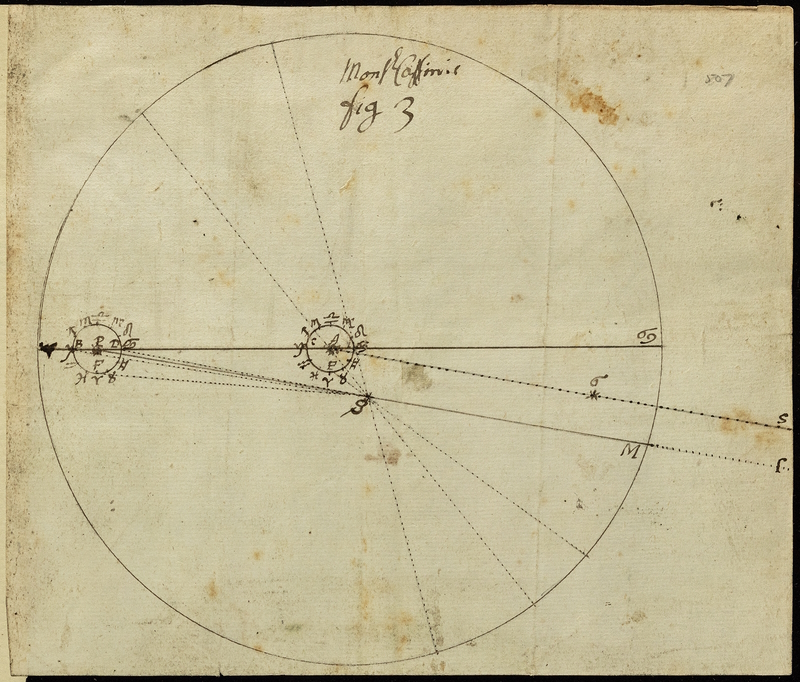 Astronomical diagram by John Flamsteed in Parentalia MS/249 RS.16800
Astronomical diagram by John Flamsteed in Parentalia MS/249 RS.16800
While Parentalia is a celebration of the life and work of influential men in the Wren family, we must also critically examine their involvement with colonialism. Matthew Wren was a notable investor in the Royal African Company, established in 1660 to trade on the west coast of Africa and expand the transatlantic slave trade. An examination of the Royal Society’s Council Minutes, meanwhile, reveals the involvement of Sir Christopher Wren and the Royal Society with the East India Company: CMO/1/288 shows that while Sir Christopher was President of the Society, he was present at a meeting in which Abraham Hill was ordered to deposit £1300 in the Company.
The accuracy and reliability of Parentalia must also be scrutinized. As the volume is written by Sir Christopher Wren’s son, it provides a specific lens to look through, with flattery and complimentary language throughout. The story the author projects is certainly questionable! Despite this, I have no doubts as to its unique value. Parentalia goes beyond being an account of Wren’s life to take a close look at the relationship between religion, science and politics, and allows us to interrogate the significance of what is omitted.

